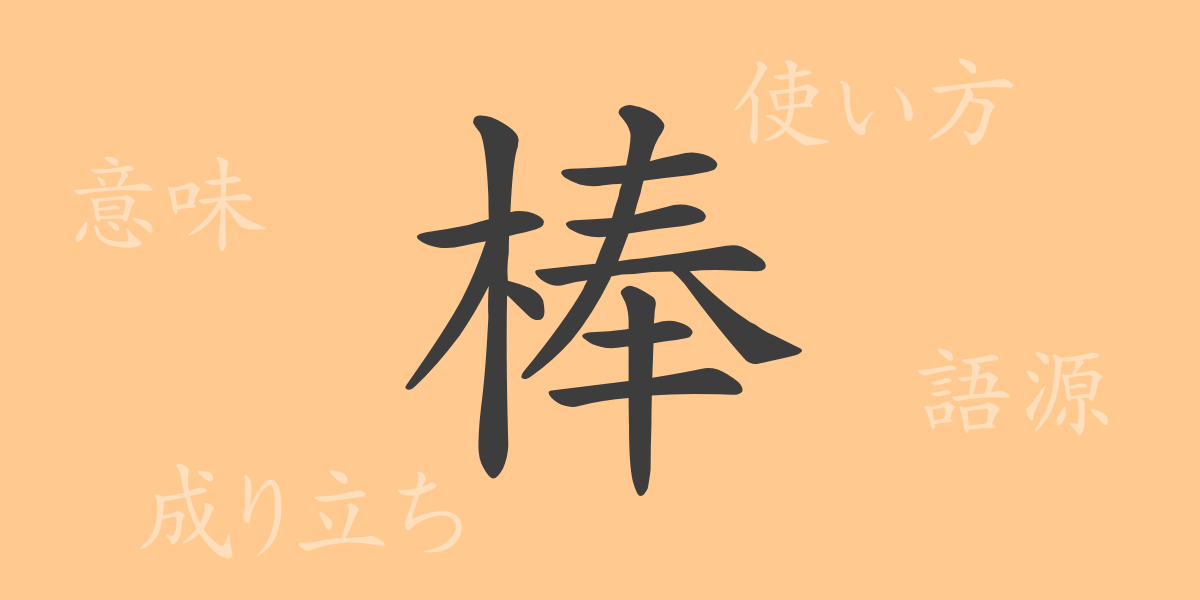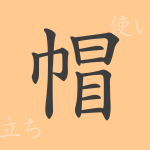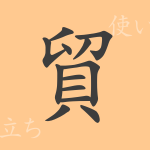The Japanese language features a multitude of kanji, each with its unique history and meaning. The kanji “棒 (bō)” is frequently used in our daily lives, yet we seldom delve into its etymology and diverse applications. This article focuses on “棒 (bō),” exploring its origin, meanings, usage, and even idiomatic expressions and proverbs, offering a deep dive into this seemingly simple yet profound kanji.
Origin of 棒 (bō)
Exploring the origin of the kanji “棒 (bō)” reveals direct hints from its shape. The ancient Chinese oracle bone script provides its prototype, where the basic shape indicating “木 (moku)” (wood) is combined with “丶” to represent an upright piece of wood, i.e., a “棒 (bō).” Over time, this kanji evolved to signify not only a wooden stick but also metaphorical meanings and abstract concepts.
Meanings and Usage of 棒 (bō)
The kanji “棒 (bō)” encompasses multiple meanings. The most common is referring to a long, straight object, such as a “pedestrian’s white stick” or a “fishing rod.” Additionally, as an adjective, it can mean “useless” or “wasteful,” exemplified by the phrase “棒に振る (bō ni furu),” which means to waste effort. Moreover, it is also used as a unit of measurement.
Readings, Stroke Count, and Radical of 棒 (bō)
Let’s delve into the readings and basic information of the kanji “棒 (bō).”
- Readings: The on’yomi is “ボウ (bō),” and the kun’yomi is “ぼう (bō).”
- Stroke Count: It consists of 12 strokes.
- Radical: The radical is 木部 (きへん) (kihen), indicating wood.
Idioms, Proverbs, and Phrases Using 棒 (bō)
There are numerous idioms, proverbs, and phrases incorporating “棒 (bō).” For instance, “一本棒 (ippō bō)” signifies simplicity or being alone, “棒立ち (bōdachi)” describes standing still, “棒に振る (bō ni furu)” means to waste effort, and “棒読み (bōyomi)” refers to reading without emotion. These expressions showcase the richness of the Japanese language and are widely used in daily conversations and literature.
Conclusion on 棒 (bō)
Through this article, we have deepened our understanding of the diverse meanings and usages of the kanji “棒 (bō),” as well as the expressions it forms. From denoting simple objects to abstract concepts and emotions, the multifaceted roles of a single kanji reflect the profound nature of the Japanese language. In daily communication, let’s utilize this knowledge to achieve richer expressions.

























